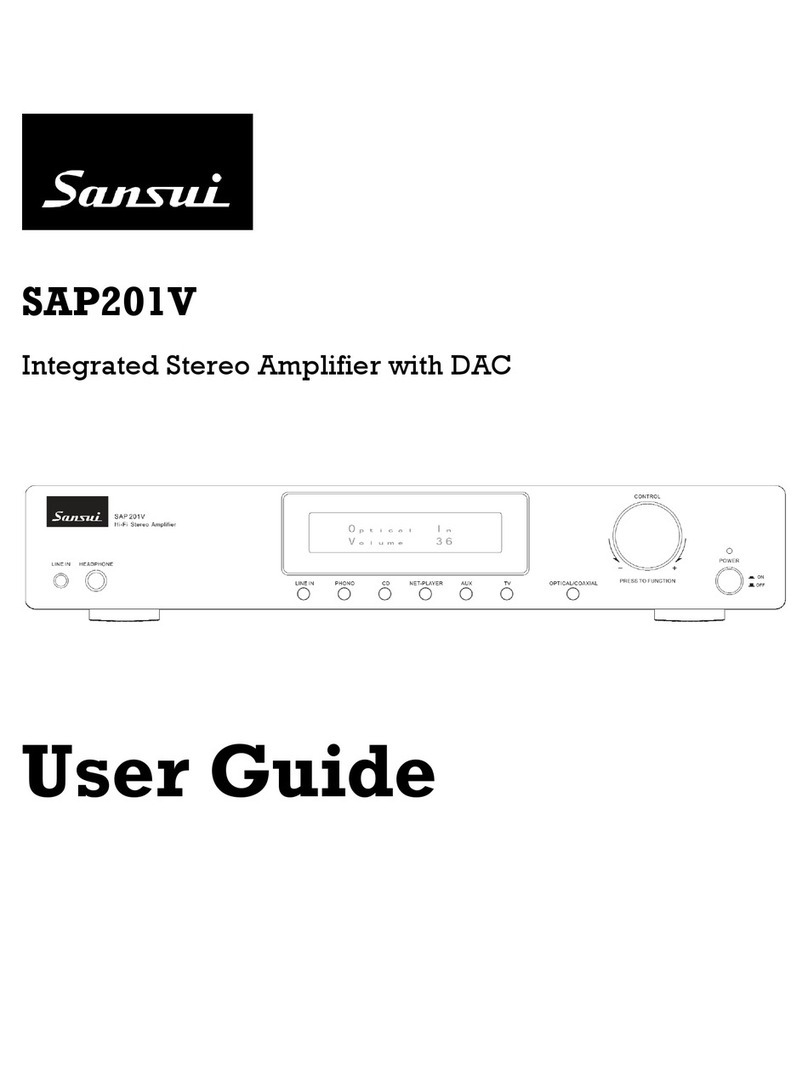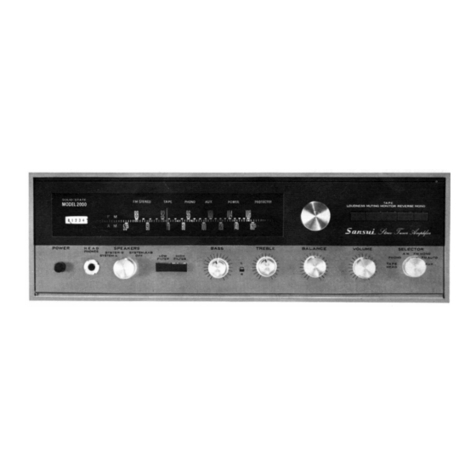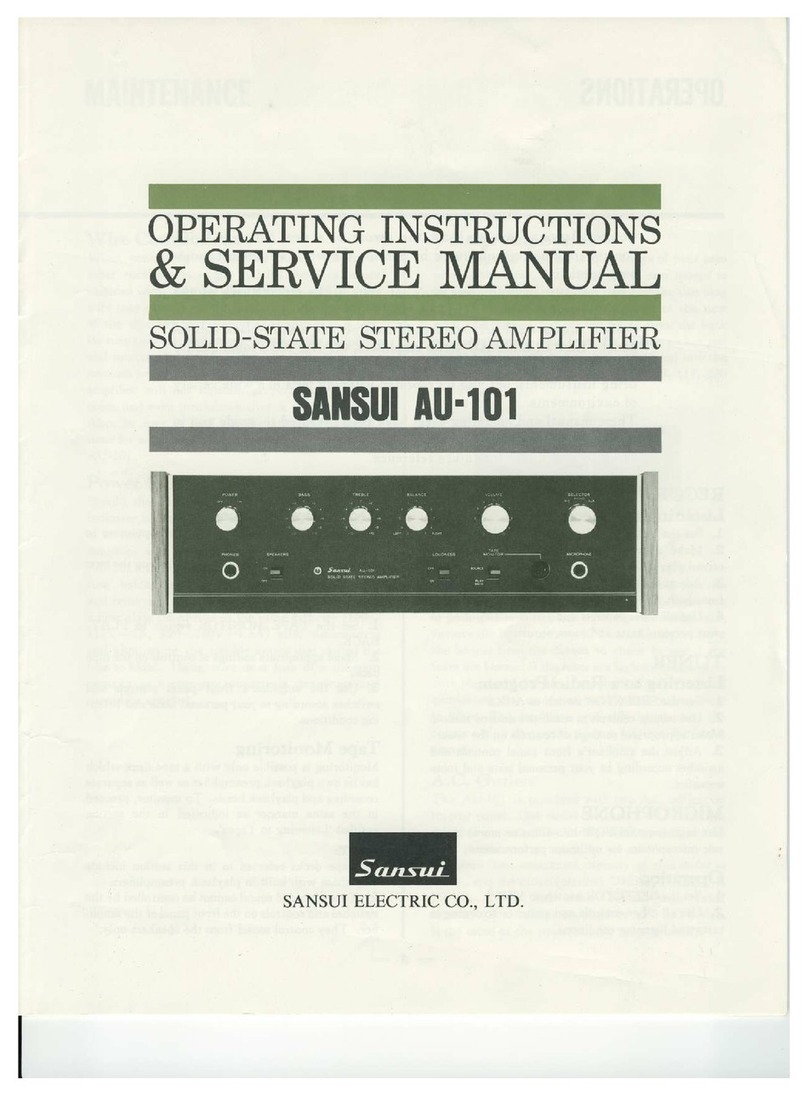Sansui RA-700 User manual
Other Sansui Amplifier manuals
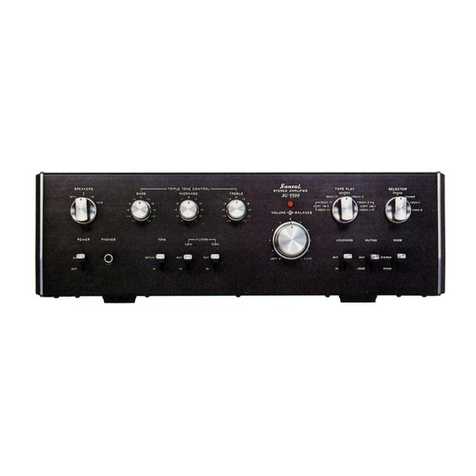
Sansui
Sansui AU-5500 User manual

Sansui
Sansui RA-500 Troubleshooting guide
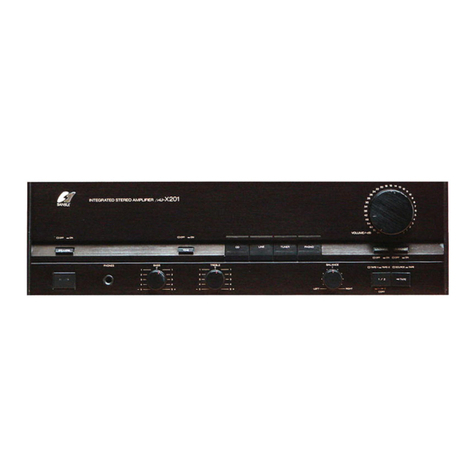
Sansui
Sansui AU-X201 User manual
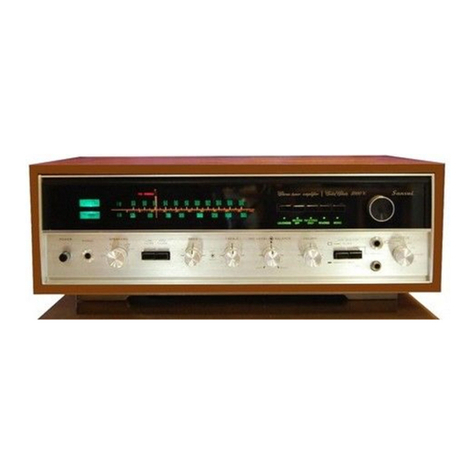
Sansui
Sansui 5000X User manual

Sansui
Sansui 1000X User manual

Sansui
Sansui AU-D11 User manual
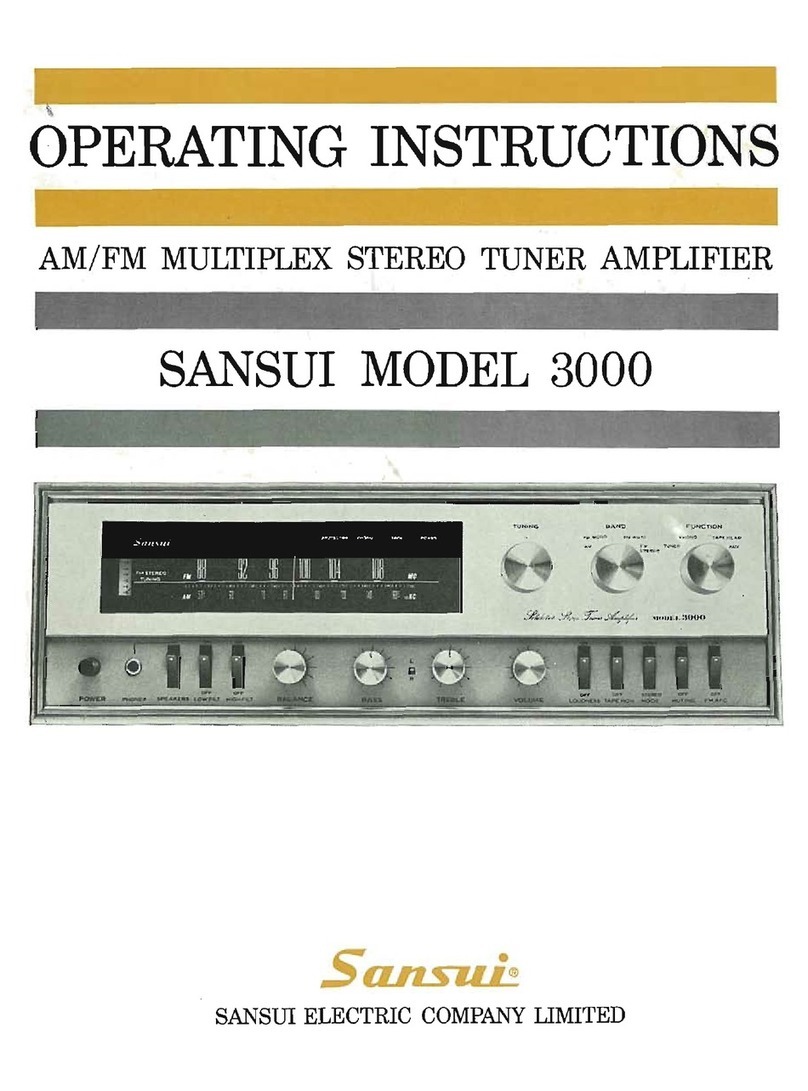
Sansui
Sansui 3000 User manual
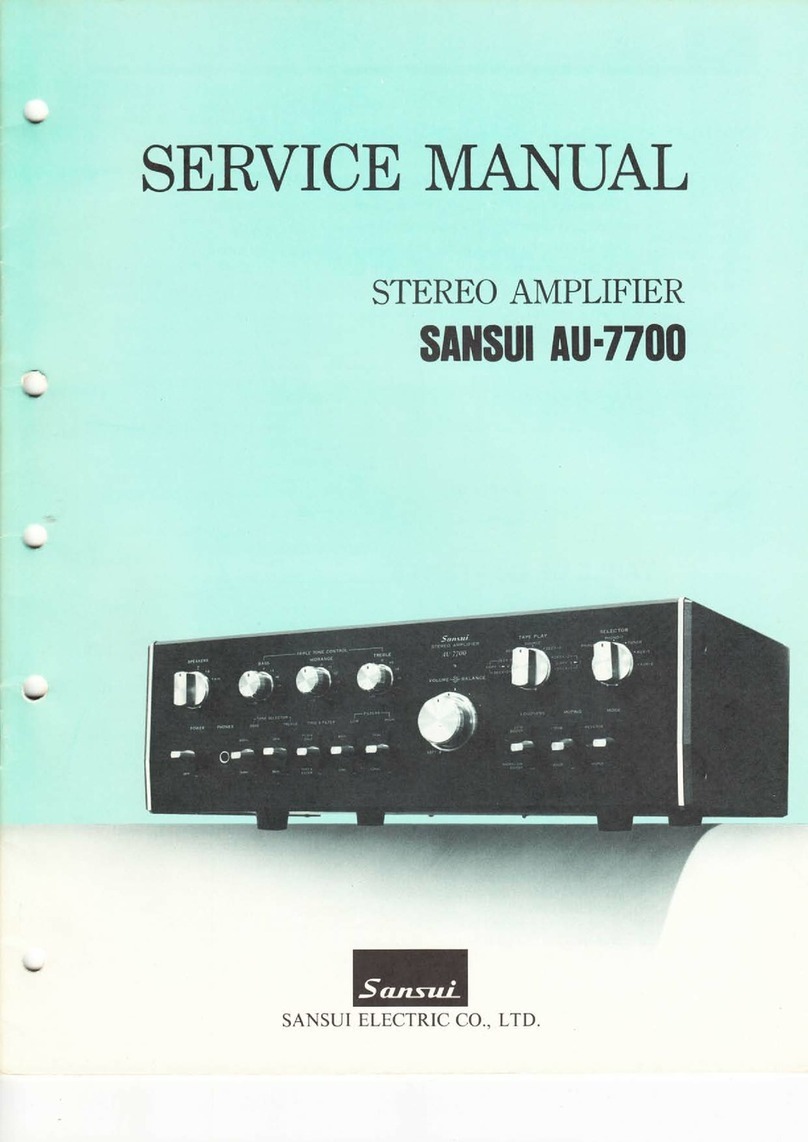
Sansui
Sansui AU-7700 User manual
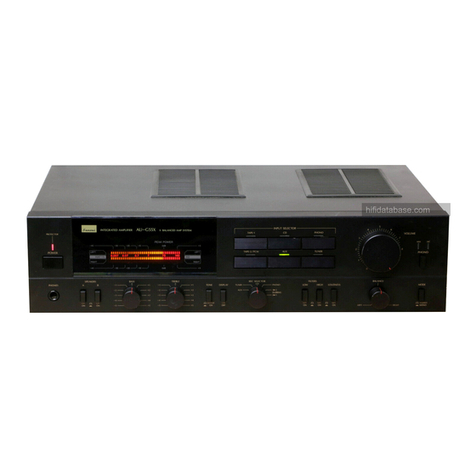
Sansui
Sansui AU-G55X User manual
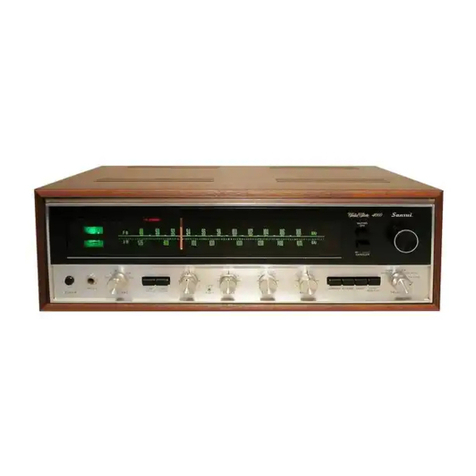
Sansui
Sansui 4000 User manual

Sansui
Sansui AU-5900 User manual
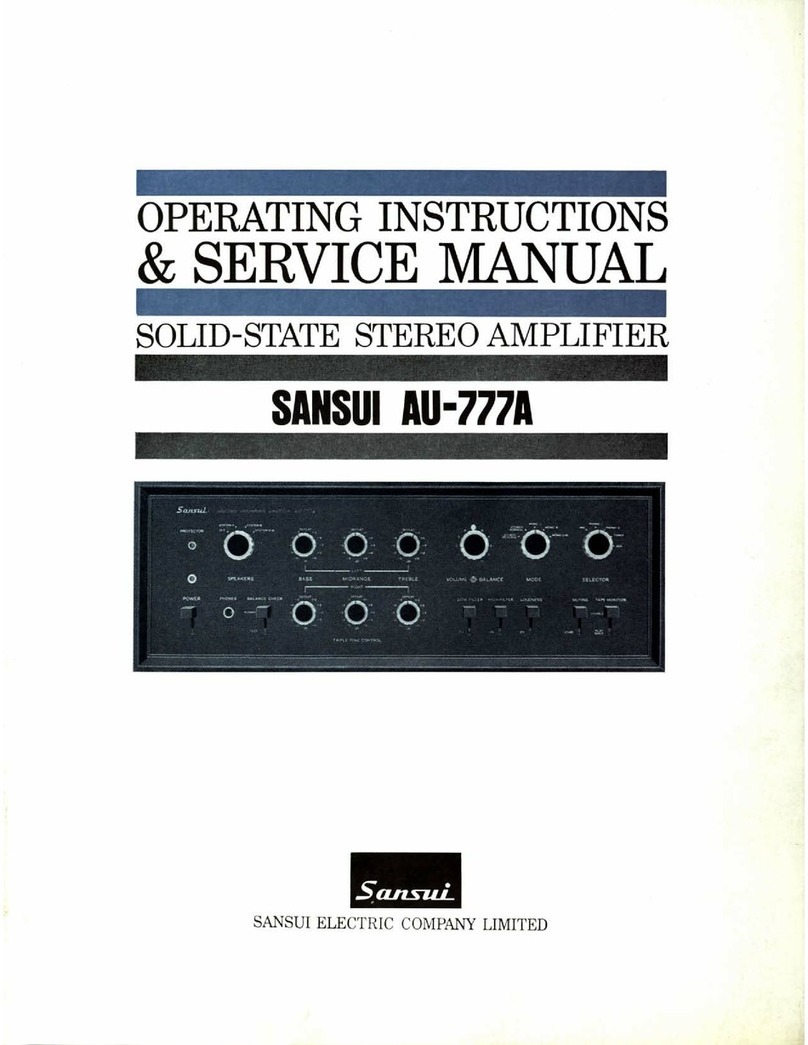
Sansui
Sansui AU-777A Troubleshooting guide
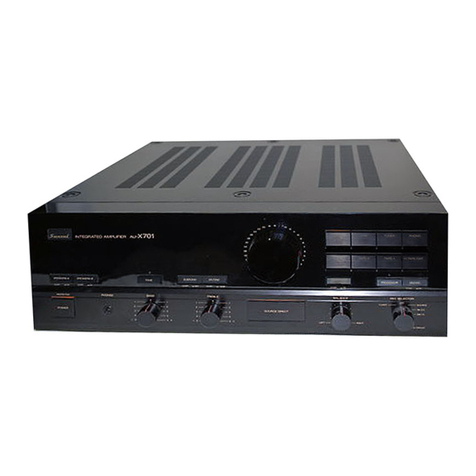
Sansui
Sansui AU-X701 User manual

Sansui
Sansui AU-7700 User manual
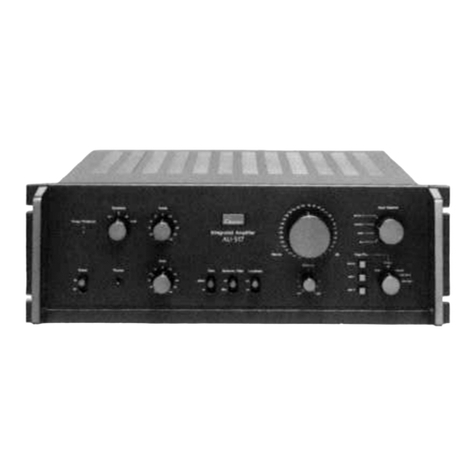
Sansui
Sansui AU-517 User manual
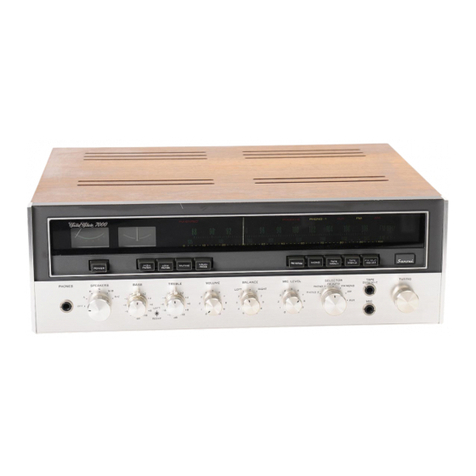
Sansui
Sansui 7000 User manual
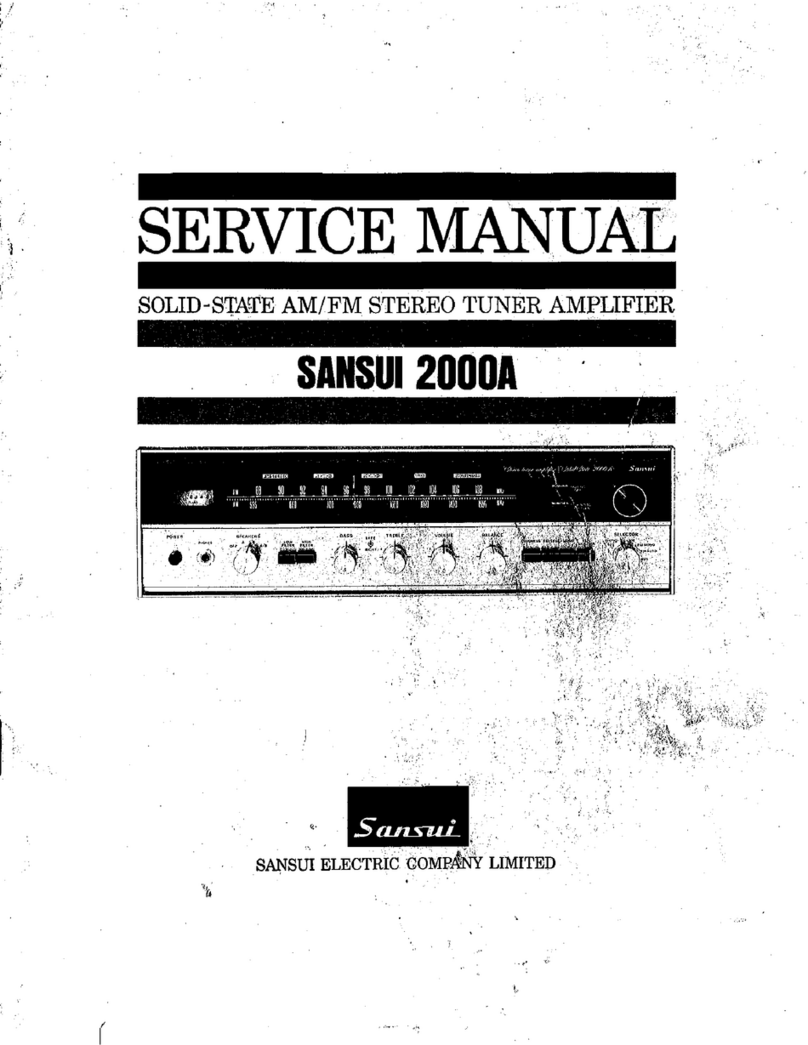
Sansui
Sansui 2000A User manual

Sansui
Sansui AU-505 Instruction and safety manual
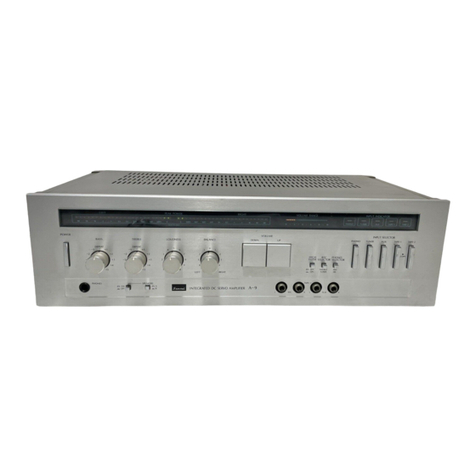
Sansui
Sansui A-9 User manual
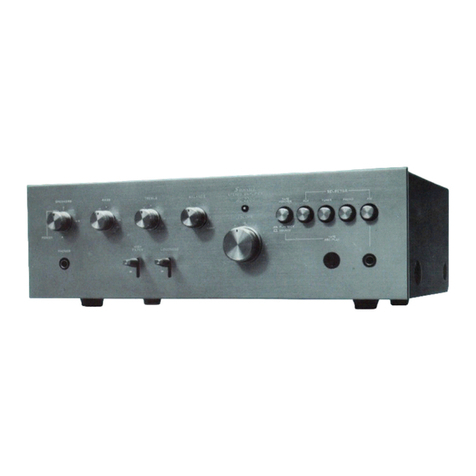
Sansui
Sansui AU-2200 User manual
